Animal Sounds
Detecting primate vocalizations in a jungle of audio recordings
Background
Biodiversity monitoring in tropical rainforests in relation to wood logging certification
Bioacoustic monitoring:
- is a non-invasive method to monitor biodiversity
- dense canopy makes visual monitoring difficult
Background
Applied Data Science seed grant for interdisciplinary collaboration
Team:
- Researcher biology
- 2 biology students
- Researcher in human speech recognition
- Research Engineers (3x)
Challenges and objectives
- Data processing requires automation
- Machine learning requires labeled data
- Low vocalization density
- Training data is not available
- Noisy environment
Challenges and objectives
- Can we use data from a zoo to train a model, and detect vocalizations in the wild?
- If so > create a pipeline to automate the process for reuse in other projects
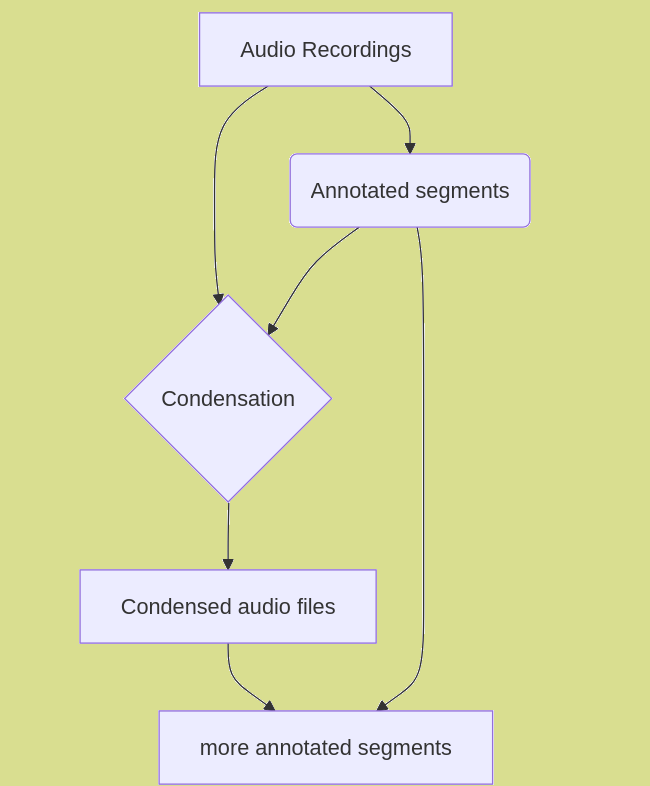
Training data
| Species | # vocalizations | example |
|---|---|---|
| Chimpanzee | 1190 | |
| Guenon | 554 | |
| Mandrill | 2717 | |
| Red Capped Mangabey | 584 |
Creating synthetic data
“We need more”
Combine vocalizations with jungle noise
Dampen the vocalizations to simulate distance
- 0 dB
- -3.3 dB
- -6.6 dB
- -10 dB
For each segment, 4 new segments are created
Training and testing classifiers
How to test the classifiers?
- cross-validation
- need for an independent test set
- super low density of vocalizations in the wild
Classical machine learning
Feature extraction inspired by human speech recognition
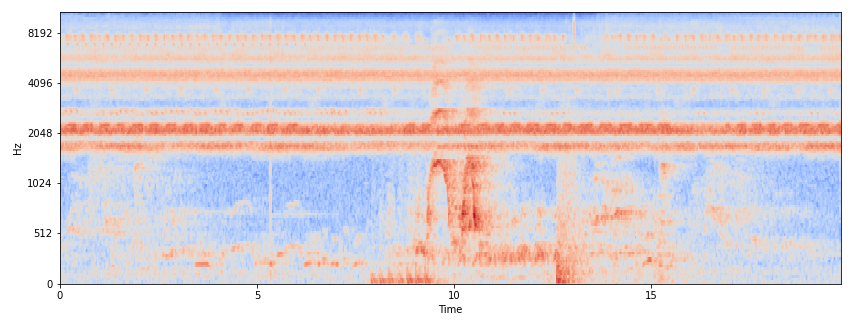
Scikit-learn: Feature selection
Determining number of features to select with RFE 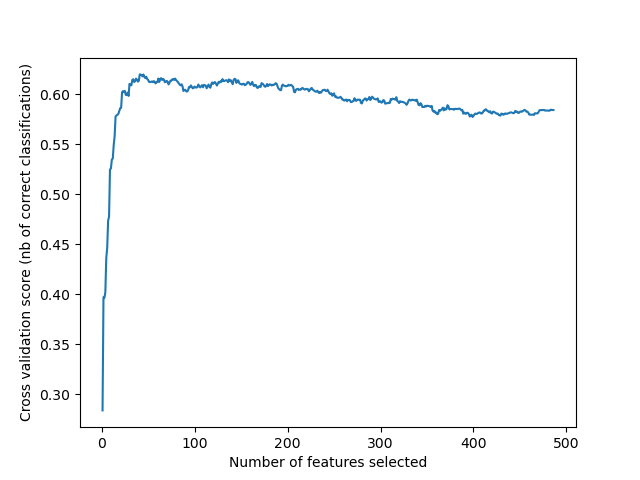
Scikit-learn: SVM
Using
feature_importancesmethod in ExtraTreesClassifier to select 50 most important featuresTrain SVM model with selected features
Deep learning Models
Convolutional Neural Networks (CNN)
- Convolutional layer
- Detects features e.g., edges, textures, by applying filters
- Pooling layer:
- Reduces the dimensionality of feature maps
- Fully Connected layer
- maps the features to the final output

How does CNN work?
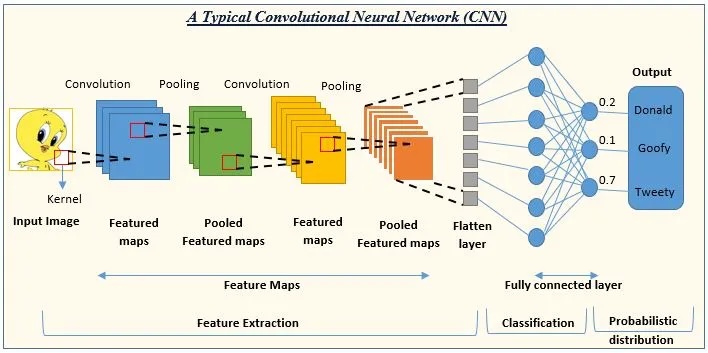
How doe we change audio to image?
Spectrogram - represents the intensity of different frequencies as they change over time, typically using a color map
Log-mel-spectrogram a variation of the standard spectrogram that applies a filter bank and a log function on top of it.
making quieter sounds more detectable.
Aligns the representation with human auditory perception
Normalizes the features
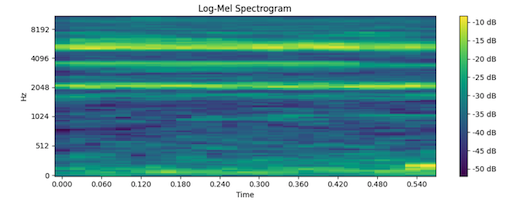
Model Architecture - Derived from PANNs
PANNs: Large-Scale Pretrained Audio Neural Networks for Audio Pattern Recognition
designed for audio event detection and classification
a combination of convolutional blocks and pooling operations

Results
| Trained on | SVM | CNN | CNN10 |
|---|---|---|---|
| Sanctuary | 0.86 | 0.81 | 0.83 |
| Synthetic | 0.65 | 0.82 | 0.85 |
| Sanctuary + Synthetic | 0.87 | 0.83 | 0.87 |
Numbers represent: Unweighted Average Recall (UAR)
Deliverables (1/2)
Python modules for audio analysis
- Preprocessing
- Condensation for speeding up annotation
- Extracting relevant audio segments
- Generate synthetic data
- Feature extraction and selection
- Classification
- SVM
- Deep learning models
Deliverables (2/2)
Public train and test data

Challenges & Learning points
- Collaboration with ML audio expert
- Involvement researcher
- Data management
- Code management (Matlab scripts, repo’s with playground folders, no real git workflow, documentation, package from early stage)
- Interspeech challenge
Future work
Publication
Generic Audio Analysis Platform
- Modular Architecture


Parisa Zahedi & Jelle Treep